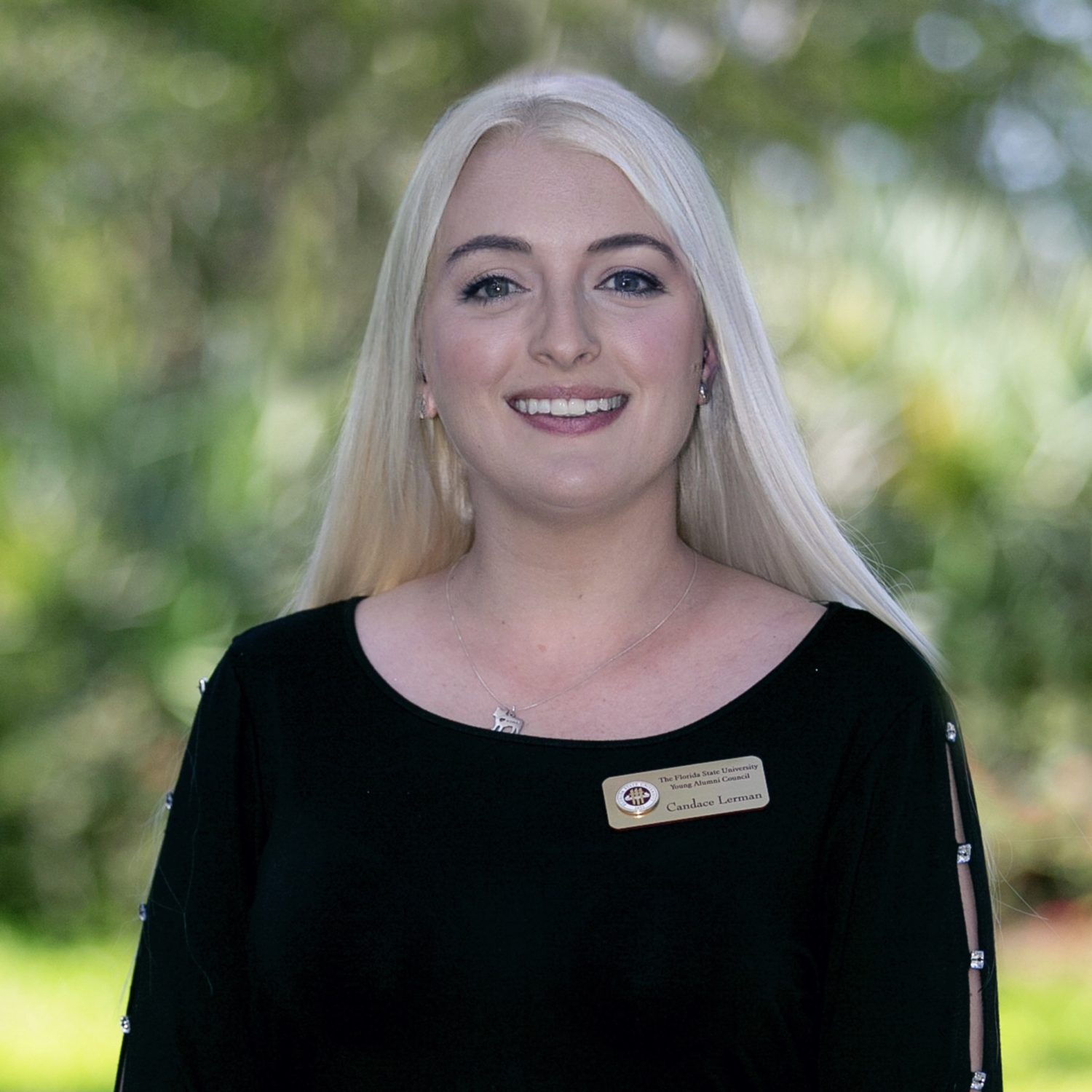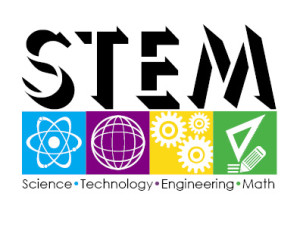This is the first of a four part series leading up to my trip to Washington DC for Rare Disease Week. I want to highlight some issues in the rare disease community with regards to STEM education in the United States and how it can impact our lives. It is obvious to say that scientists, engineers, mathematicians and technology experts are important for our country. However, they are vital to the rare disease community, and we need to encourage people to explore STEM related occupations.
What alarms me are the lack of graduates in the STEM fields, and the lack of emphasis on studying these areas in both grade school and college. While I have been out of the public school system for a decade, I remember my experiences very well. I can say that there is a major lack of STEM education, and the courses offered are designed in a way that intimidate many students. I recall in college at both The George Washington University and Florida State, hearing horror stories from students taking math and science courses. The professors would say during the first week that many people would fail, and the beginner courses were designed to “weed out” the weak links. Looking back now, this is absolutely atrocious! If students express an interest in STEM topics, our education system should support them in their learning. Many people I know who started out wanting to attend medical school ended up going into nursing or a different field all together because they were terrified of the coursework and taking the MCAT thanks to their professors. I can’t even imagine all of the talent lost due to this practice. From what I have discussed with people who went to college all over the US, this practice is not just limited to the schools I attended. I find it ironic that people who explore art and music are praised for their endeavors, but many times people who show an interest in science are questioned.
Washington can help change this by continuing to fund STEM education initiatives and engage with non-profit groups who work in communities to assist those who express an interest in these topics. It is impossible to expect Congress to magically solve this problem, which is where local groups come in to play. If local STEM-centered groups receive support from Washington, they can pinpoint individual needs in communities to foster education. This support comes by the way of funding, advocacy, meetings and public awareness. Congress has to be used as the uniting tool to bring together groups from all 50 states, they cannot be expected to be the total solution.
For rare disease patients, we are feeling the crunch as many specialists are starting to retire and there is a lack of “new talent” who are aware of our conditions and are researching them. The more people we have involved in science and technology, the better chance we have of finding new treatments and perhaps some cures. With President Obama declaring an interest in providing a free two-year community college education to students, this would be a fantastic place to start. Imagine if students had special guest speakers on STEM topics? What if rare disease patients and researchers went to high schools and colleges to speak about their experiences? This could spark interests that might never be discovered since these issues are not commonly discussed.
As for rare disease patients, it is important to interact with your community. The next time you see the local high school holding a car wash for the math team, stop by. If someone asks you to buy a calendar to help send the robotics team to nationals, consider the purchase. Every act of support will benefit the community as a whole. It is also important that you contact your representative and let them know you support funding for STEM education initiatives.

